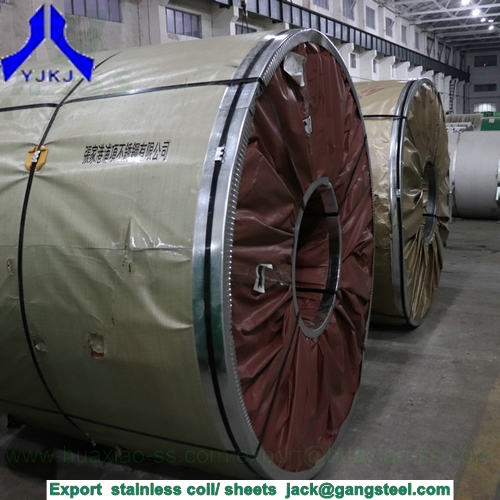Astm A240 304 304l Plates Acetic Acid Corrosion Information
304 and 304L ASTM A240 stainless-steel plate is an everyday 18-8 materials – which means it accommodates 18% chromium and eight% nickel. 304 Stainless steel plate is probably going some of the versatile stainless-steel materials obtainable. Grades 304 and 304L stainless-steel plate is dominant in the manufacture of stainless-steel fabrications. While the sheets are used for versatile purposes and as cladding material over others, the plates are used for extra structural capabilities for power similar to tankers, containers and platforms.
The 304L Stainless steels plates are provided within the mill annealed situation prepared for use. The addition of the additional carbon in 304H chrome steel plate significantly effects the mechanical properties of 304H chrome steel plate. On the Brinell hardens scale, 304H chrome steel plate has a hardness of 201 and on the Rockwell B scale, it has a hardness of ninety two. The chromium content promotes the fabric’s considerable resistance to the effects of corrosion and oxidation. The stainless-steel alloy resists most oxidizing acids and will face up to ordinary rusting though this does not imply that the steel is not going to tarnish over time.
The ASME SA240 Stainless Steel 304 Coil Thickness ranges as a lot as 200mm and the width and the size ranges extensively counting on the equipment necessities as correctly. It can stand up to many natural and sufficiently diluted mineral acids counting on the temperature of the solution. Core 304L/4307 might endure from uniform corrosion in sturdy mineral acids and scorching sturdy alkaline choices.
There is often a slight distinction in the nickel ranges within the chrome steel plate. 304 stainless-steel plate can contain as a lot as 10.5% nickel whereas 304L can embody up to 12% nitrogen. It is used extensively for residence and enterprise appliances, together with use in kitchen benches, sinks, troughs, and frying pans. 304 and 304L stainless steel plate has a variety of utility in the food processing industries as correctly, along with use in tools, notably seen in beer brewing, wine making and milk processing.

